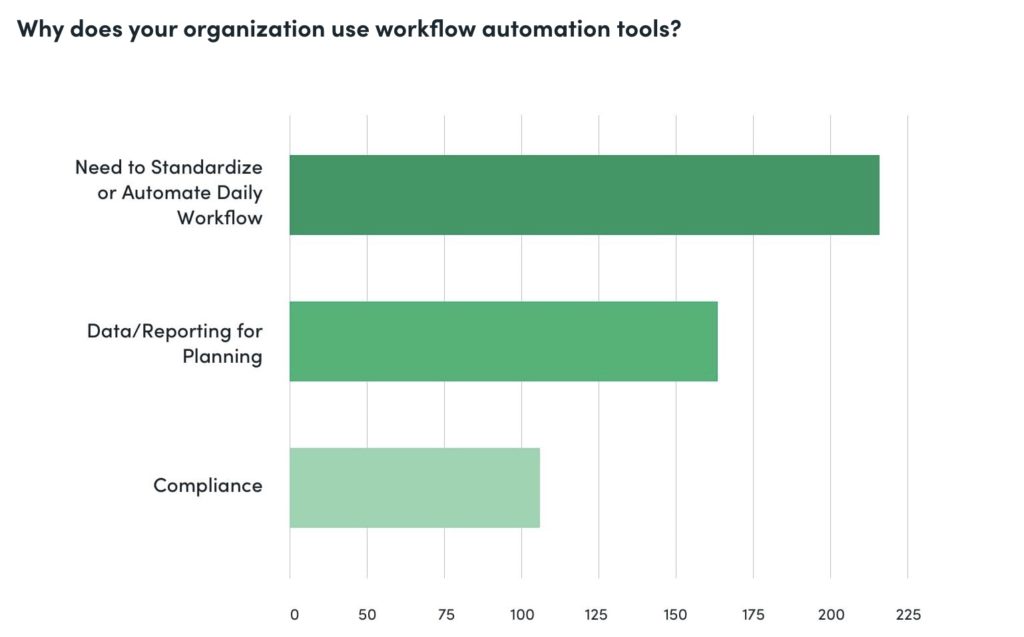
There are over 2.14 billion consumers around the world who shop online. Even those who shop in a physical store may still order a product online because it’s out of stock. In addition, healthcare and medical personnel are also turning to online stores to make purchases.
To meet the growing demand for shipping products, you also need to meet the accompanying challenges.
Getting healthcare products from medical suppliers to the customer isn’t always easy. Here are five common freight and shipping challenges in healthcare to address for a seamless supply chain.
Key Takeaways
· Fast and reliable shipping is essential to the healthcare supply chain
· Costs and requirements for shipping often fluctuate
· Communication and support should be customer-focused
Continually Changing Costs and Requirements
The added cost of shipping isn’t pleasant for anyone to see, especially in a society where free shipping is becoming the norm. Sometimes, extra high shipping costs are so off-putting to the point that you could lose customers over them.
One reason why the cost is a significant shipping pain point is that it’s unpredictable or unclear. It changes depending on a product’s:
- Dimensions
- Weight
- Location
- Carrier
In addition, healthcare workers often need special services for their products, such as temperature-controlled shipping or fragile labels. In the end, shipping costs may sky-rocket, leaving customers wondering if the price is fair or the manufacturer is just trying to make a profit.
Your Solution: You can create charts and shipping calculators for your customers to use. These estimates will give your customers a better idea of what to expect and where the added charges came from, so the costs don’t catch your customers off guard when they arrive at the checkout.
You can also do your part to cut shipping costs so your customers aren’t as startled by high prices. Plan your freight routes and location of supplies to cut back on unnecessary shipping charges.

Increased Errors Due to a Lack of Automation
When humans are involved in a process, errors are inevitable. As a result, the more humans do, the more errors will occur. On the contrary, the more tasks you automate – the fewer errors will occur.
Already, 62% of businesses use automation in their workflow. One of the top workflow challenges that automation solves is communication issues.

Errors in shipping lead to returns. In the U.S., returns peak in January at 1.75 million packages returned a day.
Your Solution: Through automated systems, medical suppliers and healthcare facilities can cut down on returns and shipping errors. These systems can:
- Log inventory needs
- Communicate purchases
- Streamline orders
- Track packages
Lack of Communication within Departments
A healthcare supply chain involves many pieces that link together. However, when one link breaks, the entire chain falls apart.
For example, the healthcare worker ordering supplies isn’t usually the same person who uses the supplies. So, often, what they order and what workers need are very different. In addition, the person doing the ordering may select the wrong shipping speed and either spend too much on fast delivery for unnecessary supplies or neglect to purchase expedited shipping on urgent supplies.
In companies with over 100 employees, miscommunication costs the business an average of $420,000 each year.
Your Solution: Communication is key to keeping your supply chain together with effective supply chain management. While you can’t control a healthcare facility’s inter-company communication, you have one way to help eliminate errors due to communication. Encourage healthcare workers to consolidate their medical suppliers to one or two companies.
In this way, as the medical supplier, you can track their purchasing history and identify errors and inconsistencies. With timely communication, you can save both yourself and the healthcare facility money by confirming flagged purchases. One way to promote consolidation is by letting healthcare businesses know that they save money when only one company ships their supplies versus paying for shipments from multiple locations.
Unreliable Shipping and Handling
In the U.S., over 1.7 million packages disappear every day, resulting in a total of $25 million in lost goods. A lost package is a big deal for healthcare workers, especially if it includes life-saving equipment or time-sensitive supplies.
Healthcare facilities also need to know that when their packages arrive, the contents will be safe. For example, a broken piece of equipment could be life-threatening. Also, many supplies need a temperature-controlled environment or other special shipping instructions.
If a healthcare facility can’t trust that their supplies will arrive undamaged, they will lose trust in the entire medical supplier.
Your Solution: You shouldn’t feel stuck to one shipping supplier. Instead, find a fast and reliable shipping solution that can handle all your special requests and address your freight challenges in healthcare.
Lack of Customer Support for Shipping Challenges in Healthcare
When things go wrong, your customers need to know you have their back through reliable customer support. About 95% say customer service is vital for brand loyalty.
Healthcare providers need to know they can count on you when their package is lost, damaged, or wrong. However, all too often, customers can’t get ahold of someone capable of remedying the mistake. Alternatively, customers end up struggling to find a solution through an automated phone system.
Your Solution: You can build trust with your healthcare customers by offering easy-to-access customer support. Providing 24/7 support is essential in the healthcare industry as many medical workers are on duty around the clock. They need to know they can count on your support no matter when their product issues arise.
One way to eliminate many issues is by creating a patient-centric supply chain. In this system, you provide a reliable tracking system that alerts your customers where their package is, along with updated arrival predictions and a way to give customized delivery instructions.
Contact us to learn more!









